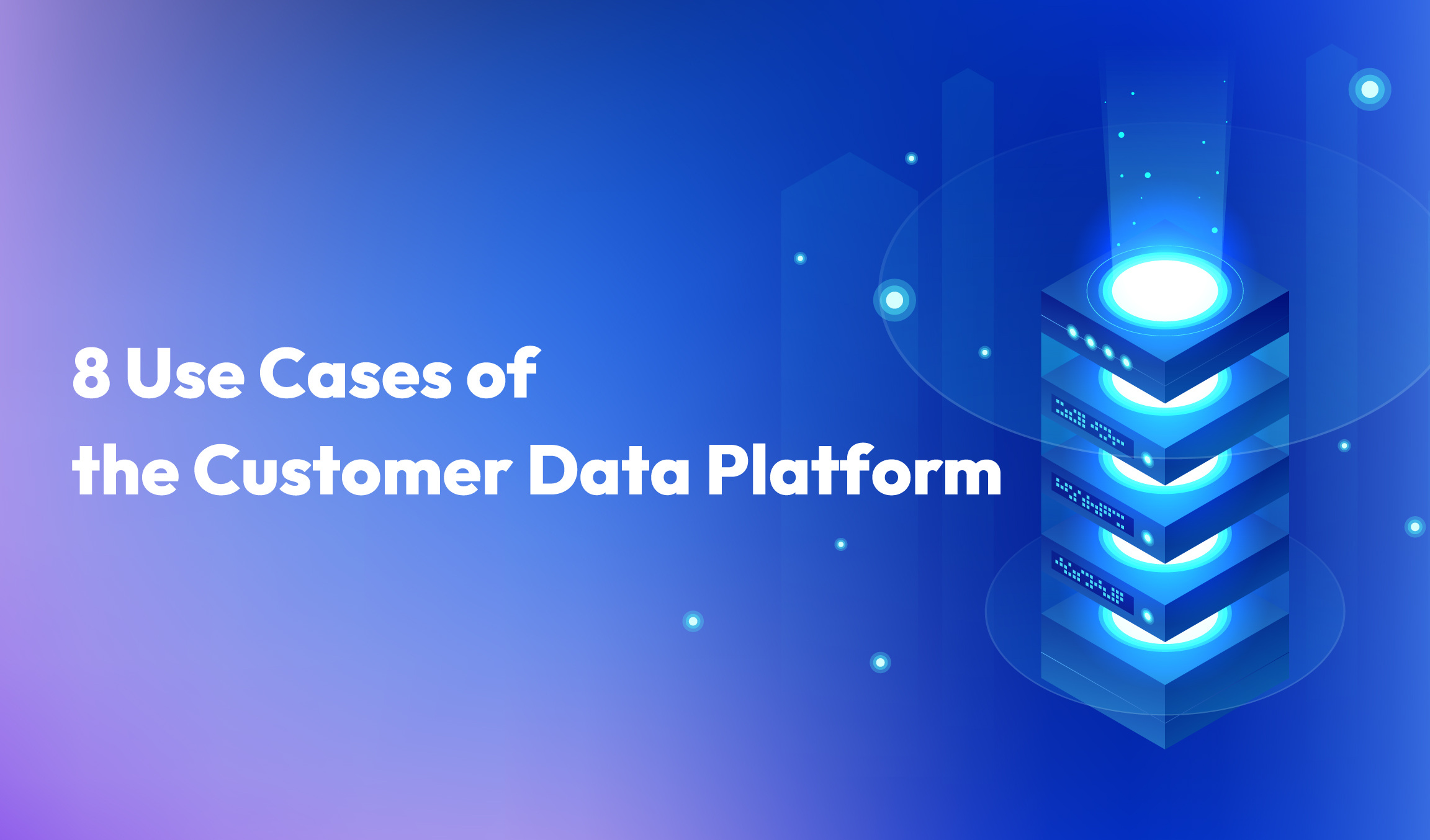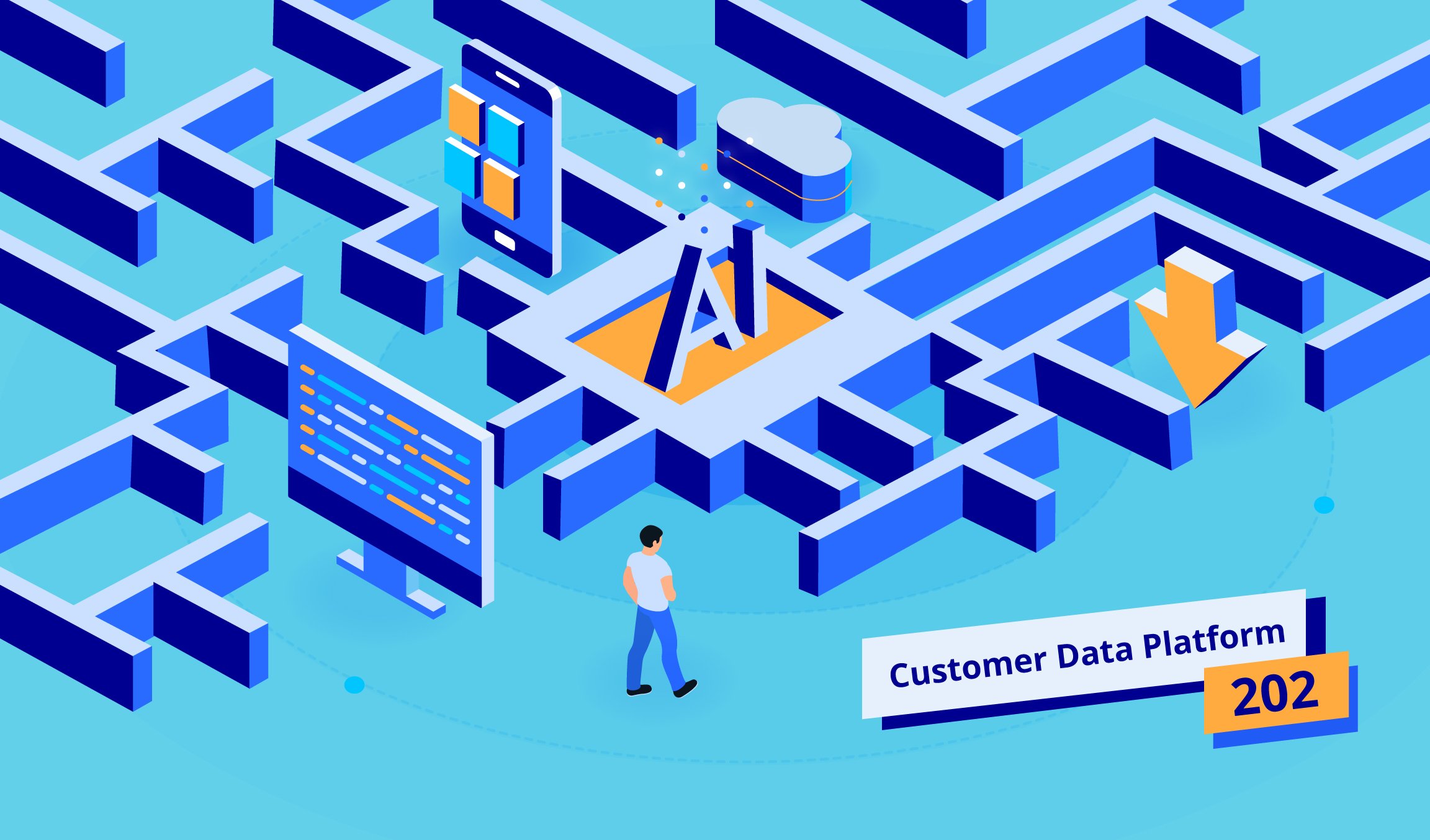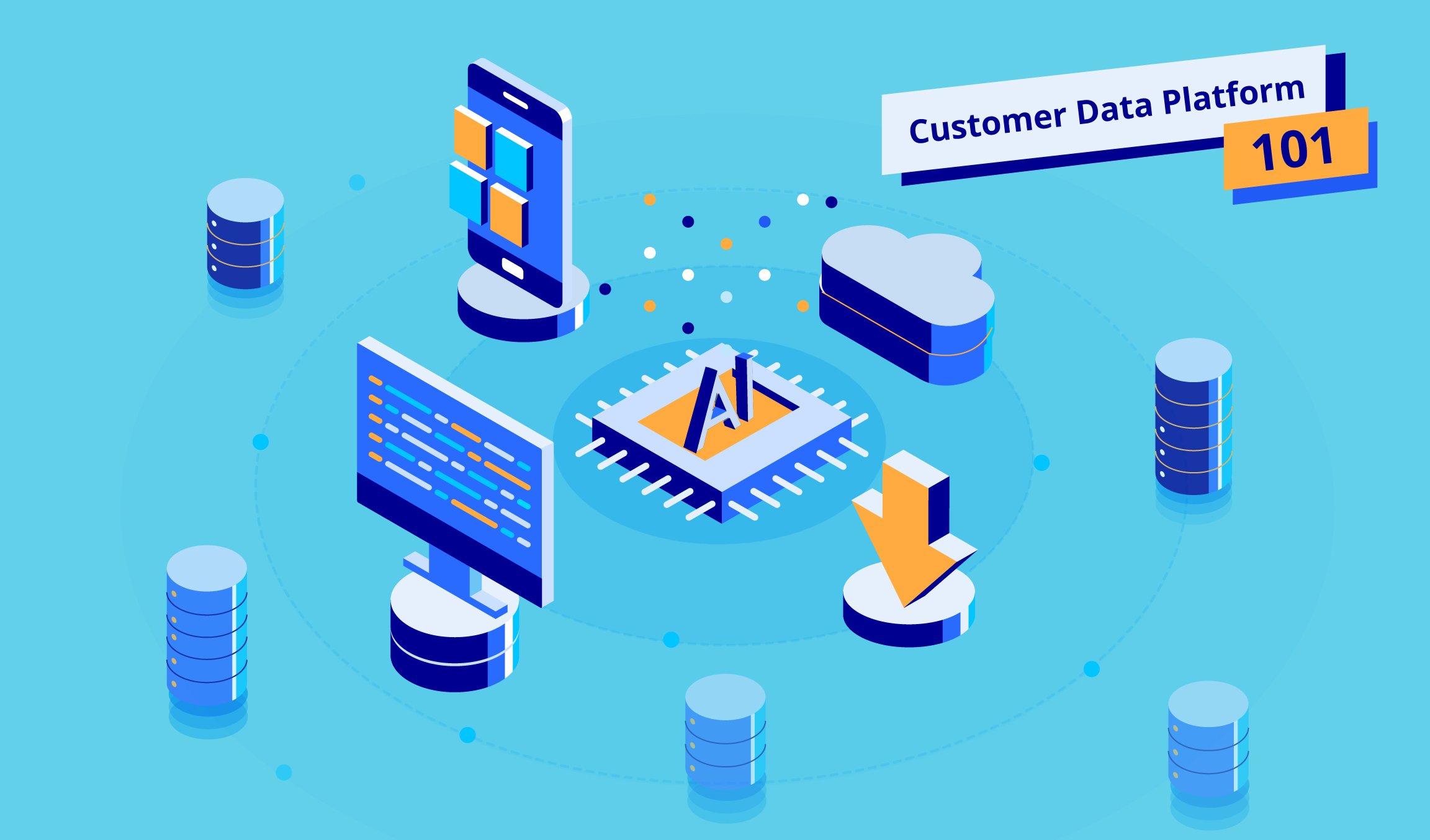5 min read
Recommendation engines are everywhere these days. In fact, some of the biggest brands we engage with every day are built around one, including Netflix, Amazon, Google, and Goodreads. Thirty-five percent of purchases on Amazon come from product recommendations. So, what is a recommendation engine, and how does it work?
What Is a Recommendation Engine?
A recommendation engine is a type of data filtering tool using machine learning algorithms to recommend the most relevant items to a particular user or customer. It operates on the principle of finding patterns in consumer behavior data, which can be collected implicitly or explicitly.
Netflix uses a recommendation engine to present viewers with movie and show suggestions. Amazon, on the other hand, uses a recommendation engine to present customers with product recommendations. While each uses one for slightly different purposes, both have the same goal: to drive sales, boost engagement and retention, and deliver more personalized customer experiences.
In the past, recommendations would come from a salesperson or friends and family. Today, we have passed this task in the hands, or minds, of algorithms. As a marketing tool, you could say that these machines are well-trained in the art of up-selling and cross-selling.
What Are the Types of Recommendation Engines?
There are three main types of recommendation engines: collaborative filtering, content-based filtering – and a hybrid of the two.
Collaborative filtering
Collaborative filtering focuses on collecting and analyzing data on user behavior, activities, and preferences, to predict what a person will like, based on their similarity to other users.
To plot and calculate these similarities, collaborative filtering uses a matrix style formula. An advantage of collaborative filtering is that it doesn’t need to analyze or understand the content (products, films, books). It simply picks items to recommend based on what they know about the user.
Content-based filtering
Content-based filtering works on the principle that if you like a particular item, you will also like this other item. To make recommendations, algorithms use a profile of the customer’s preferences and a description of an item (genre, product type, color, word length) to work out the similarity of items using cosine and Euclidean distances.
The downside of content-based filtering is that the system is limited to recommending products or content similar to what the person is already buying or using. It can’t go beyond this to recommend other types of products or content. For example, it couldn’t recommend products beyond homeware if the customer had only brought homeware.
Hybrid model
A hybrid recommendation engine looks at both the meta (collaborative) data and the transactional (content-based) data. Because of this, it outperforms both.
In a hybrid recommendation engine, natural language processing tags can be generated for each product or item (movie, song), and vector equations used to calculate the similarity of products. A collaborative filtering matrix can then be used to recommend items to users depending on their behaviors, activities, and preferences. Netflix is the perfect example of a hybrid recommendation engine. It takes into account both the interests of the user (collaborative) and the descriptions or features of the movie or show (content-based).
How Does a Recommendation Engine Work?
A recommendation engine works using a combination of data and machine learning technology. Data is crucial in the development of a recommendation engine – it is the building blocks from which patterns are derived. The more data it has, the more efficient and effective it will be in making relevant revenue-generating suggestions.
Recommendation engines complete a standard four-step process:
Step 1: Data collection
The first and most important step for creating a recommendation engine is to gather data. There are two main types of data to be collected:
Implicit Data: This includes information collected from activities such as web search history, clicks, cart events, search log, and order history.
Explicit Data: This is information gathered from customer input, such as reviews and ratings, likes and dislikes, and product comments.
Recommendation engines also use customer attribute data such as demographics (age, gender) and psychographics (interests, values) to identify similar customers, as well as feature data (genre, item type) to identify product similarity.
Step 2: Data storage Once the data is gathered, it needs to be stored. Over time, the amount of data will grow to be vast. This means ample, scalable storage must be available. Depending on the type of data you collect, different types of storage are available.
Step 3: Data analysis To be used, the data must then be drilled down into and analyzed. There are several different ways in which you can analyze data. These include:
Real-time analysis: Data is processed as it is created.
Batch analysis: Data is processed periodically.
Near-real-time analysis : Data is processed in minutes instead of seconds when you don’t need it immediately.
Step 4: Data filtering
The final step is filtering. Different matrixes or mathematical rules and formulas are applied to the data depending on whether collaborative, content-based, or hybrid model recommendation filtering is being used. The outcome of this filtering is the recommendations.
Recommendation engines are a powerful marketing tool with the potential to boost revenues, click-through rates, conversions, and even customer satisfaction. Learn more about how to use recommendations to better up-sell, cross-sell, and boost your business, download our white paper 'The Complete Guide to Finding the Right Recommendation Strategy'.



